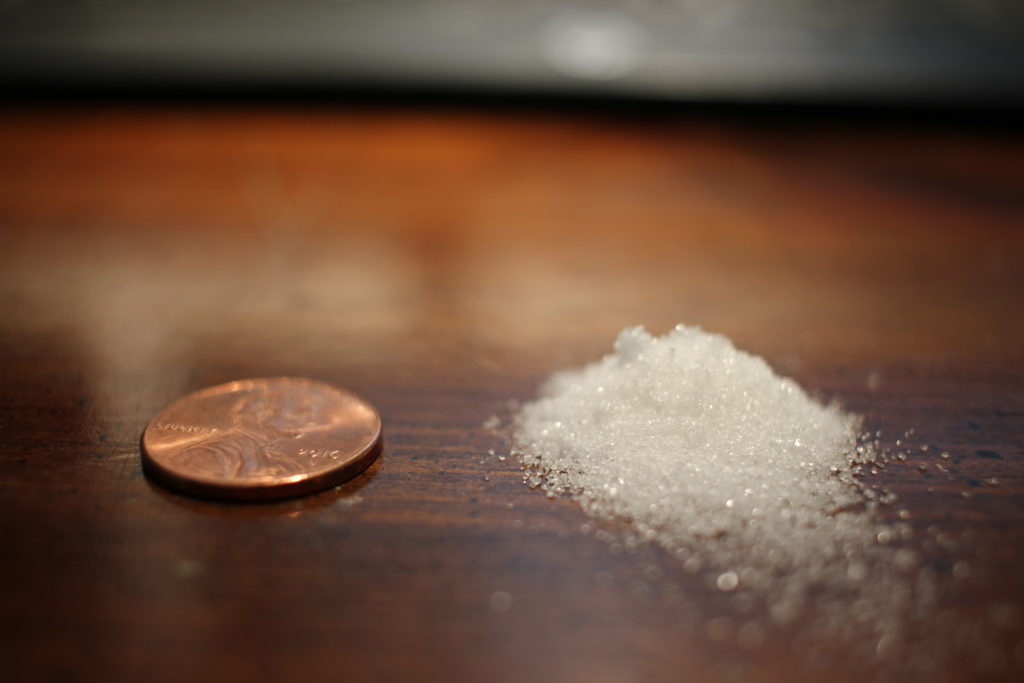All information about Lead is taken straight from the Washington State Department of Commerce: Lead Safety for Renovation, Repair, and Painting (RRP) Student Manual.
What is Lead-Based Paint?
- Federal standards define lead-based paint as:
- Any paint or surface coatings that contain lead equal to or in excess of 1.0 milligram per square centimeter or more than 0.5 percent by weight.
- Some states and localities regulate paint with lower concentrations of lead.
- It is the primary source of lead-contaminated dust in housing.
- Why was lead used in paint?
- Lead was added for color and durability.
- Lead -Based paint was banned in 1978 from residential use. In practice, this means that homes built in 1978 could still have used lead-based paint, because existing supplies of paint containing lead would still have been available.
Health Risks of Lead
- Very Dangerous to children.
- Children are at a greater risk than adults because their bodies are developing. During normal and frequent playing or hand-to-mouth activity, children may swallow or inhale dust from their hands, toys, food or other objects.
- In children, lead can cause:
- Nervous system and kidney damage.
- Decreased intelligence, attention deficit disorder, and learning disabilities.
- Speech, language, and behavior problems.
- Hazardous to pregnant women
- Lead is passed from the mother to the fetus and can cause:
- Miscarriages
- Premature births
- Brain damage
- Low birth weight
- Lead is passed from the mother to the fetus and can cause:
- Health effects of lead in adults include:
- High Blood pressure.
- Fertility problems in men and women.
- Digestive problems.
- Nerve disorders.
- Memory and concentration problems.
- Sexual disorders.
- Muscle or joint pain.
Symptoms of Lead poisoning
Lead poisoning does not always have obvious symptoms.
- The symptoms of lead posoning are often non-specific, and are frequently attributed to other causes.
- Specific symptoms that people with lead exposure sometimes complain of include:
- Headache
- Stomache ache
- Irritability,
- Fatigue
- Loss of Appetite
- Joint and/or muscle pain
- Because many symptoms are non-specific or similar to flu symptoms, parents may not be alerted to get immediate medical attention for their children. This is critical for young children. The longer a young child stays untreated, the higher the risk of permanent brain damage.
- Workers with an occupational exposure to lead need to inform their doctors in order to give them all the background needed for an adequate evaluation of symptoms as possibly related to lead exposure.
- The best way to determine if lead is present in the body is by testing blood.
- The amount of lead in blood is measured in micrograms per deciliter (g/dl) of the blood, a very small unit of measurement. A microgram is one millionth of a gram. That is like one penny out of $10,000. For reference, a standard size paper clip weighs about one gram, or one million times more than a microgram. A microgram is a very small amount of lead. Remember how small this amount of lead is as it applies to dust cleanup.
Why are Dust and Debris a problem?
- Renovation activities that disturb lead-based paint create dust and debris. Debris becomes dust.
- Lead-contaminated dust is poisonous.
- Very small amounts of lead-contaminated dust can poison children and adults.
- Children swallow dust during ordinary play activities.
- Adults swallow or breathe dust during work activities.
- Workers can bring lead-contaminated dust home and poison their families.
A little dust goes a Long way!
- You can’t see it.
- It’s hard to sweep up.
- And, it travels.!
One gram of lead-based paint can contaminate a large area!

1 gram of Lead paint dust is enough to contaminate a large area.

